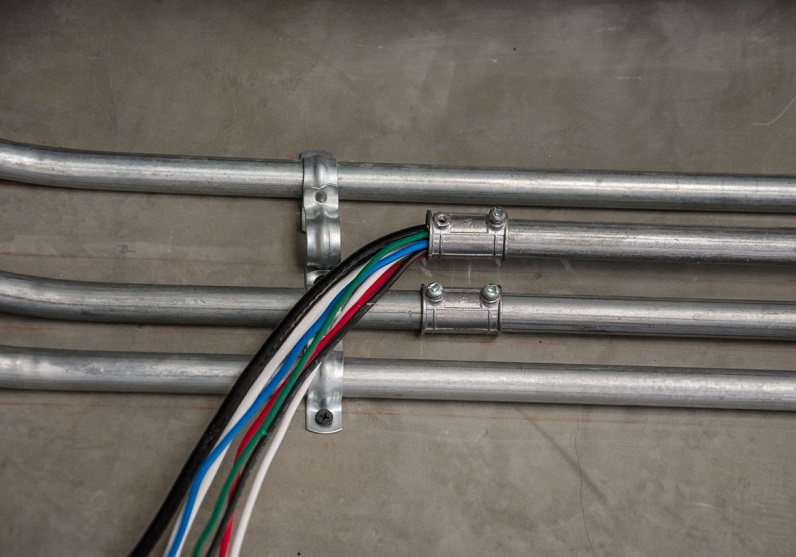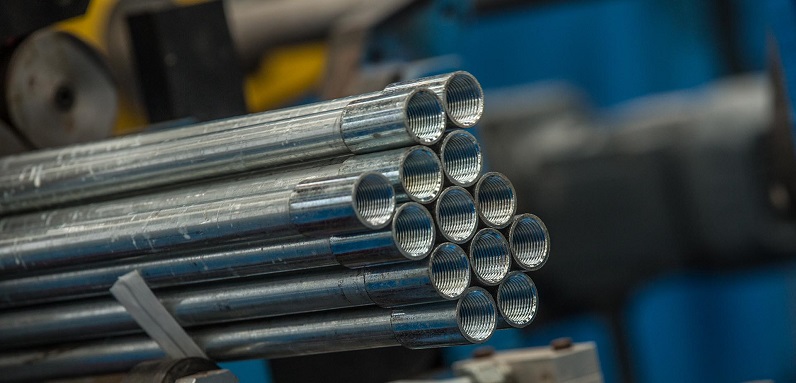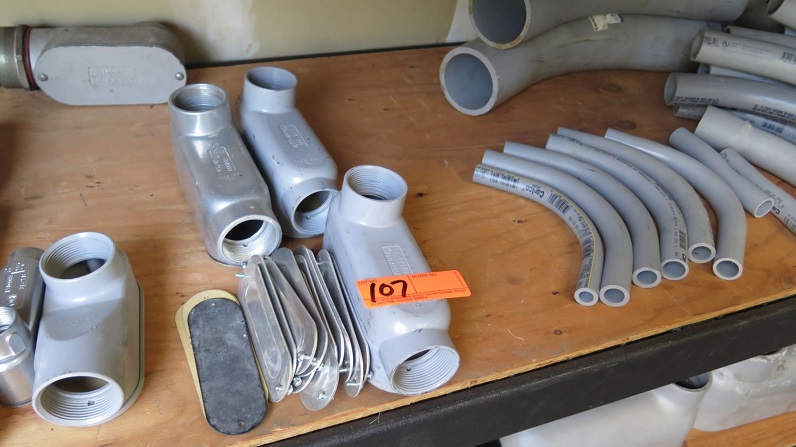In order to have a working electrical supply in your home or business premises, you need peripheral electrical equipment to complete your set-up. Wires and switches are some of the most popular pieces of electrical equipment that most people are aware of, but there are more pieces that are necessary to complete the circuit, such as conduits, circuit breakers, etc. Conduits, in particular, are especially important as they ensure your home or facility aren’t exposed to open electrical wires. Conduits can be installed inside and outside of walls, and not only do they protect the cables from wear and tear, but they also protect you from coming in direct contact with electricity, which goes without saying can be very dangerous. Furthermore, conduits guide wires to their connection points.
You can find a wide range of quality conduits from leading electrical equipment suppliers such as Bunnings. Bunnings electrical conduit types are numerous, which leaves you with many options. The size of the cables and the path that the wires run through are the two most important factors to keep in mind when choosing electrical conduits. Each bunnings electrical conduit type is suitable for different applications in different environments. For instance, PVC and armoured conduits are suitable for settings where the wires need to be routed through many turns and twists. On the flip side, wires that run through a workshop require metal conduits that feature a hard cover, as they need to be protected from pests. Let’s get into more detail about the different types of conduits and their characteristics.
Types of Electrical Conduits
Conduits used for home wiring include a few different types of plastic and metal types designed for specific applications. The most common types are:
EMT Conduits
EMT conduits, also known as electrical metallic conduits are thin-walled, rigid conduits usually constructed of galvanised steel. Due to their lightweight and thin-walls, they’re easy to bend with conduit benders, and they can’t be threaded like heavy conduits.

FMT Conduits
FMT conduits, also known as flexible metal conduits feature a spiral construction that allows them to bend easily, making them easy to install. They’re typically used in exposed locations for short runs, like wiring for water heaters or trash disposers.
IMC and RMC Conduits
Intermediate or rigid metal conduits are heavy-duty conduits constructed of galvanised steel. They’re commonly used for structural piping that house the wiring of your facility or home’s connections to the utility lines. Intermediate metal conduits have replaced rigid metal conduits for the most part, and both types are joined with threaded connections.

PVC Conduits
PVC conduits are similar in size to EMT conduits. They can be bent and heated, and are usually joined using threaded or glued connections.
LFMC Conduits
LFMC, also known as liquid-tight flexible metal conduits are flexible conduits covered with a plastic sheathing that makes them watertight. These conduits are usually used for outdoor wiring in appliances like AC units and other types of outdoor equipment.
Connectors and Boxes Used With Conduits

Conduits always terminate at some sort of fixed equipment or electrical box. Generally, they’re connected using special connectors that secure the conduits to the boxes and join lengths of conduits together. The conduits, connectors and boxes form a wire enclosure system known as raceway. Most of the time, the conduit material will match the box material, i.e. plastic conduits are usually used with plastic boxes, but they can also be used with special connectors and metal boxes. However, metal conduits can’t be used with plastic boxes, only metal.
Wiring Used With Conduits
As briefly aforementioned, conduits are hollow tubes that wires are pulled through when installing electrical systems. While it’s quite similar to how cables work (a group of wires going through a flexible protective sheathing), it’s still somewhat different. The most common types of cables used in home wiring systems are Romex or non-metallic cables, which can be also run inside conduits, but that’s rarely done. The most common types of wires that run through conduits are THWN and THHN, which are insulated, individual, colour-coded wires. They’re similar to the wires you’ll see if you strip the sheathing off of non-metallic cables.
Grounding With Conduits
Installations that use metal conduits, the entire raceway – including the boxes and connectors serve as ground for the entire circuit. In other words, the metal raceway acts as a grounding wire that’s typically found in non-metallic cables. This is one of the reasons why only metal boxes should be used with metal conduits. These grounding systems were commonly used in older constructions, but most electricians used insulated grounding wires in metal conduits to ground the circuit. If you want the metal raceway to serve as a ground for the circuit, every part needs to be electrically connected without any interruptions. If a remodeler unknowingly installs a plastic box or if connections come loose, the ground will be broken, making the whole circuit ungrounded.

